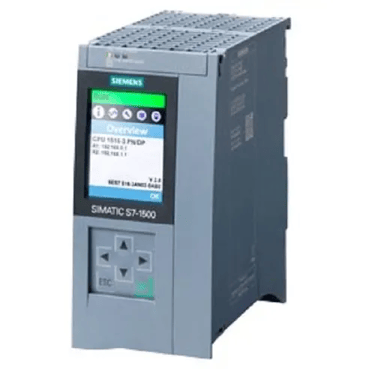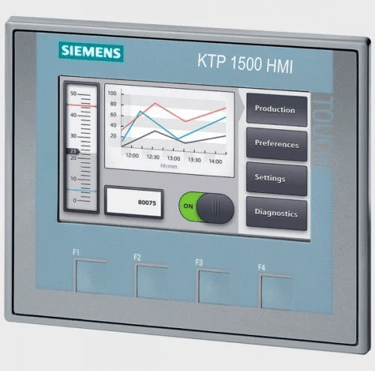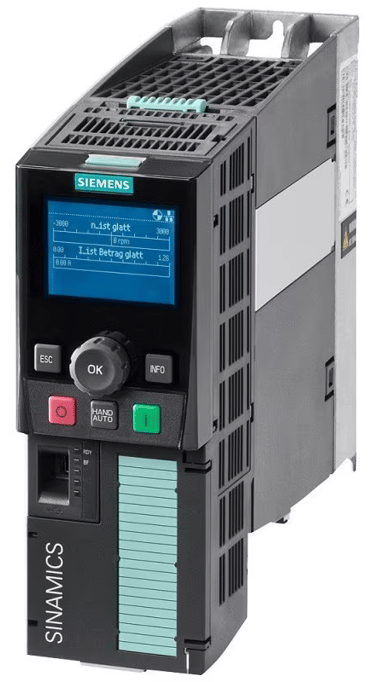Blog & Article | Gallery | Contact US +91-9175475419 | +9- 7420804059 | Download | Contact US
Siemens Simatic S7-1500 TIA Portal V20 Training


Siemens Simatic HMI SCADA Training


Siemens Sinamics VFD Networking Training


Blog & Article | Gallery | Contact US +91-9175475419 | +9- 7420804059 | Download | Contact US






